Vorbasse is one of the oldest villages in Scandinavia.
Here is the story…
Vorbasse is one of the oldest villages in Scandinavia.
Here is the story…
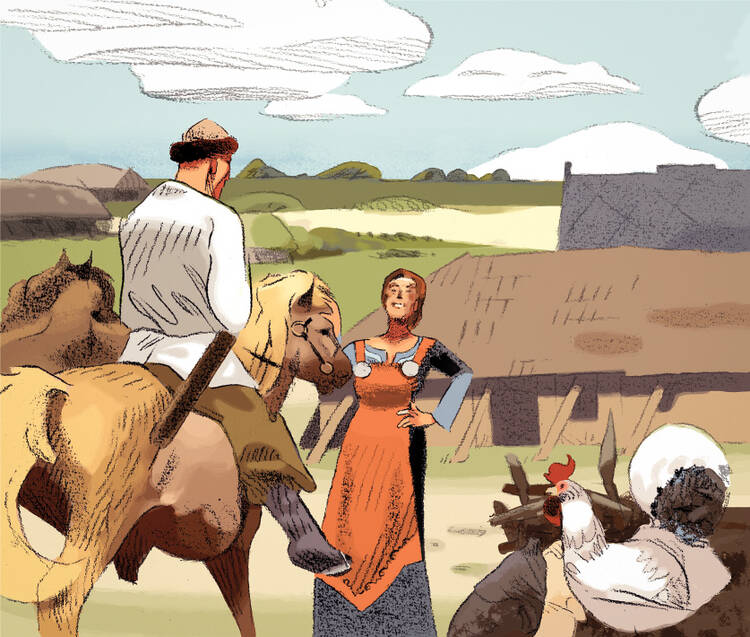
Vorbasse grew up south and west of the church at the end of the 12th century. The earliest settlements were established around 100 B.C just north of the church. Why settle here? There are clear signs that this area has been inhabited for thousands of years. There are long barrows and Stone Age tumuli dated to about 2,500 B.C. It was a good place to live with fine hunting and plenty of fishing in the many ponds, small lakes and streams close by. When the forests were felled, the soil was found to be light and easy to cultivate.
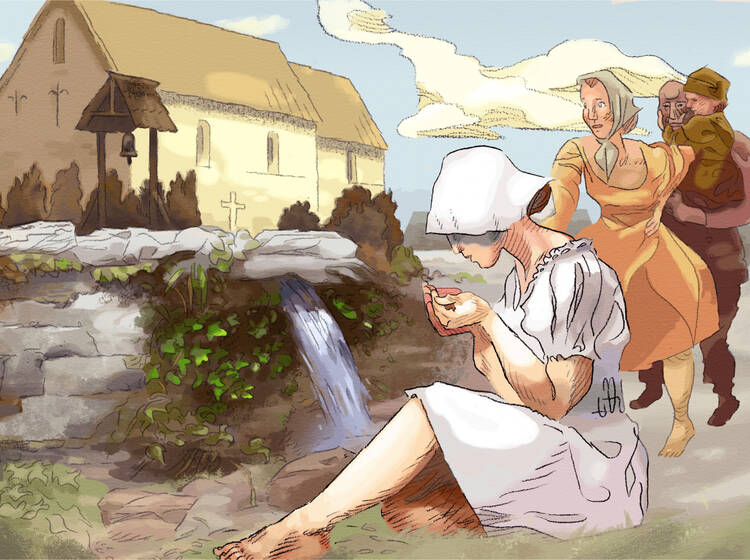
There has always been lively traffic through and around Vorbasse. It is close to the seat of the first Danish kings in Jelling, and the ancient drovers’ road and military road passed by here. On top of all this, a holy well bubbled up just inside the southern wall of the churchyard. Many people suffering from illness made a pilgrimage here to be cured. A lively ‘Holy Well Market’ developed here over the years, which is why the original Romanesque church was extended and a large bell tower was added in the 16th century. Pilgrims to the well donated money to the church.
Farms around Vorbasse have always had quite a lot of land, as the soil is light and not very productive. There have always been quite a few rather poor smallholders. The 17th century was a nightmare period for Vorbasse. The village was exposed to repeated raids during the many year-long wars fought up and down the country. Rapacious mercenary troops stole everything they could find and the already impoverished village vicar was plundered 23 times, before they burned down his vicarage.
The foreign troops also brought plague with them from south of the border, and the population was decimated. Many farms were abandoned and small settlements were deserted. Heather began to creep in over the untended fields, and by 1800, 40 % of Jutland had become moorland.
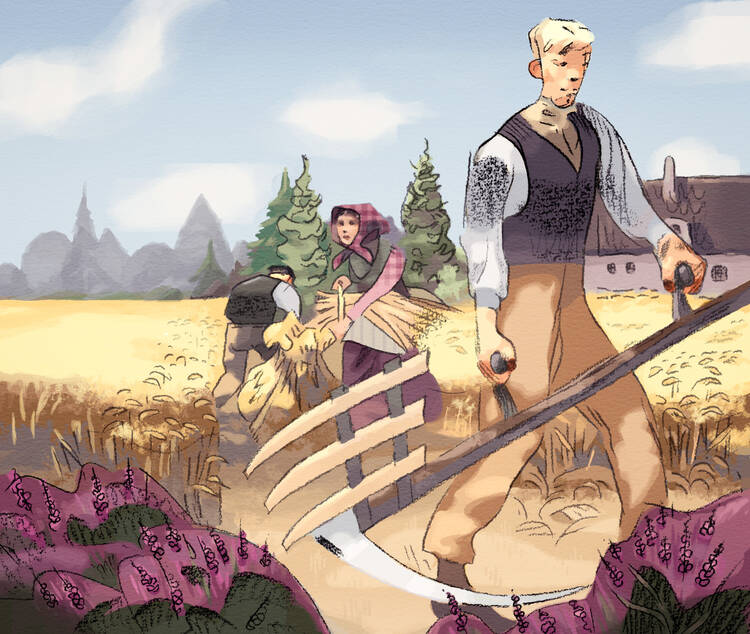
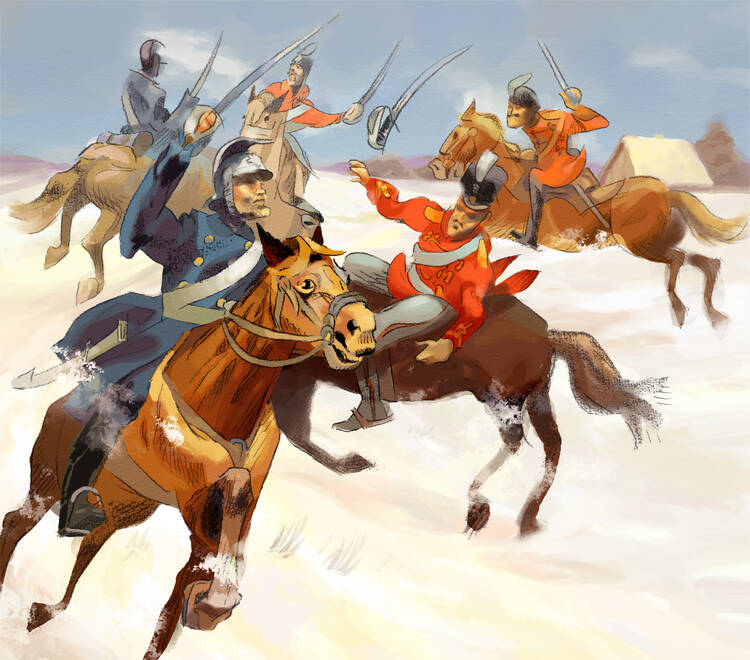
In 1760, a small colony of families from Pfalz-Hessen was settled on the moors just north of Vorbasse, but most of them left after just a short time. The weary toil of cultivating moorland broke many, even though heather in itself had its gifts: fodder for animals, roofing material, and warmth and light from heather turves.
The turning point for local farmers came towards the end of the 19th century with natural fertiliser: marl. At the same time, rich merchants from Copenhagen were encouraged to buy up moorland and establish plantations. Some of the first plantations were established around the village and they were very beneficial for Vorbasse. After a catastrophic war against Prussia in 1864, all the arable land of Southern Jutland was lost. The war involved Vorbasse directly. One of the few successes was scored by a little squadron of Danish cavalrymen who drove off a larger company of Prussian dragoons in what is still celebrated as ‘The Skirmish at Vorbasse’.
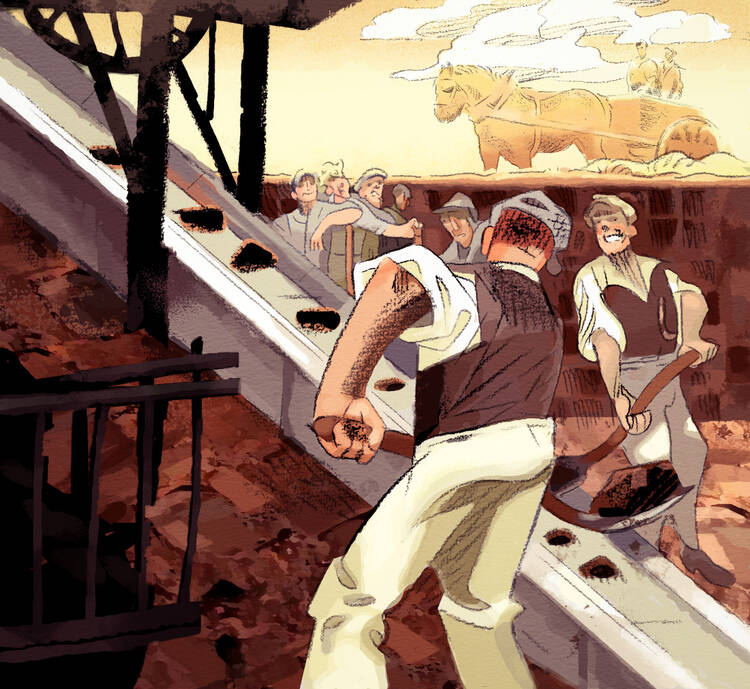
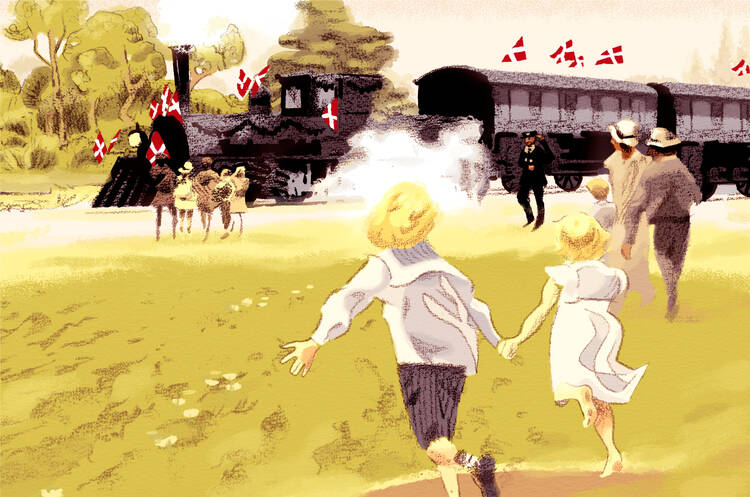
The moorlands – or really the bog lands – around Vorbasse were rich in turf, which was used as fuel, especially during the First and Second World Wars, when there was no import of coal into Denmark. The enormous quantities of turf that were cut were transported to larger towns by way of the new railway – the Troldhede line – which was opened in 1917. Vorbasse had become a railway town. This was followed by a surge of growth and employment.
The 20th century brought a great step forward for the village. Interest in the co-operative movement resulted in the establishment of a co-op here in 1887, and later a co-operative dairy. Between 1900 and 1925 the number of craftsmen and tradesmen grew enormously, and many shops were opened along the main street. Until this time, the majority of the population had lived off the land. Vorbasse became a busy little town, a centre for surrounding farms and smallholdings. In the 1960s, when people left the land and found work in nearby towns, shops and businesses in the area began to close. Vorbasse was rejuvenated in the 1980s by a group of initiative-takers, who laid the foundations of the Activity Centre, for example.
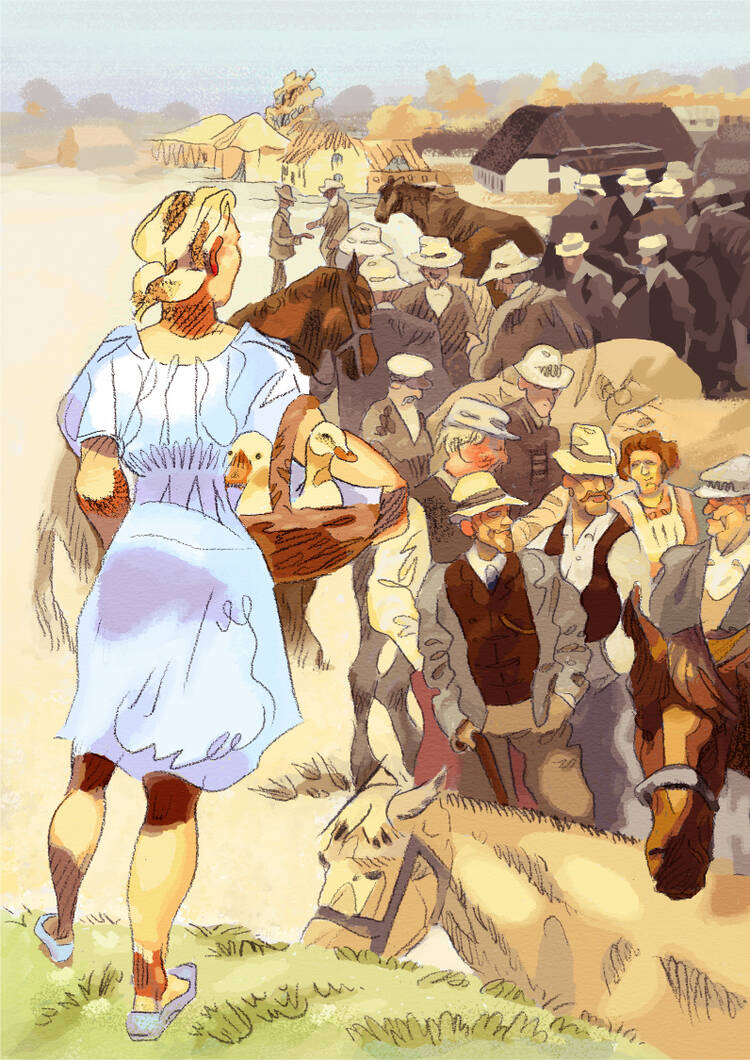
The progress and prosperity of the village have always sprung from a combination of active villagers and a co-operative spirit. Running the annual market, which was revived in 1730, has always depended on a great community effort. One of the reasons for the present prosperity of Vorbasse is the market, which has been held at its present 60-acre market place since 1971. A good quarter of a million visitors attend the market, which lasts for two and a half days round about the 21st of July each year.
The fame of the ‘Naval Port’ and the market are closely interconnected. The Naval Port started its days as a muddy village pond. Professor Labri, an itinerant entertainer at fairs and markets at the beginning of the 20th century, was well-known for his crazy monologues. In one of them that became famous throughout the country, he spoke of arriving ‘at the Naval Port of Vorbasse in a submarine’. In recent times, the conning tower of a Russian submarine could be seen floating in the waters. Now it has sailed on to the village campsite, leaving the waters to hundreds of goldfish, a handful of ducks … and the pocket battleship ‘Labri’.
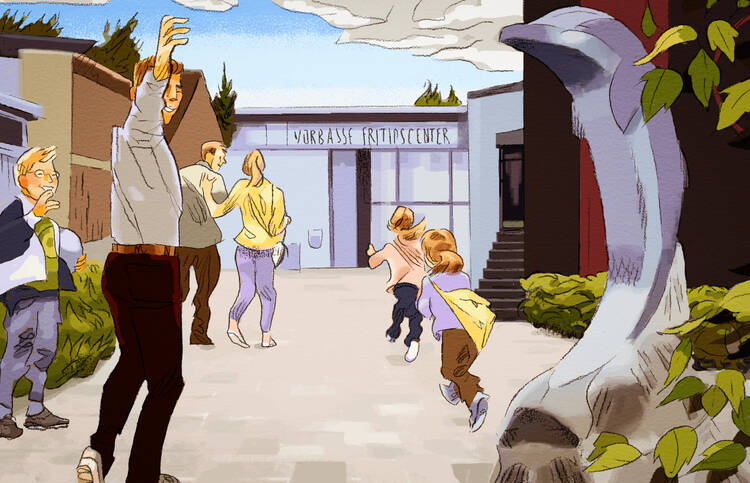
The centre of village life is hidden off the main street, standing behind the school and adjacent to the village campsite: the Activity Centre. The villagers contributed almost 1.5 million Euro to it through their own efforts. It is open to visitors all day and every day, offering a local library, exhibition hall, café, swimming baths, fitness rooms, sports halls… It is much used by most of the approximately 70 clubs and associations in the village, some of which put on events open to the general public, like ‘Free Friday’, where all activities in the Centre are free, and there is communal dining for a very low cost.
Here you can also see the Vorbasse Mural, hanging beside the library. This depicts the history of the area in words and pictures.